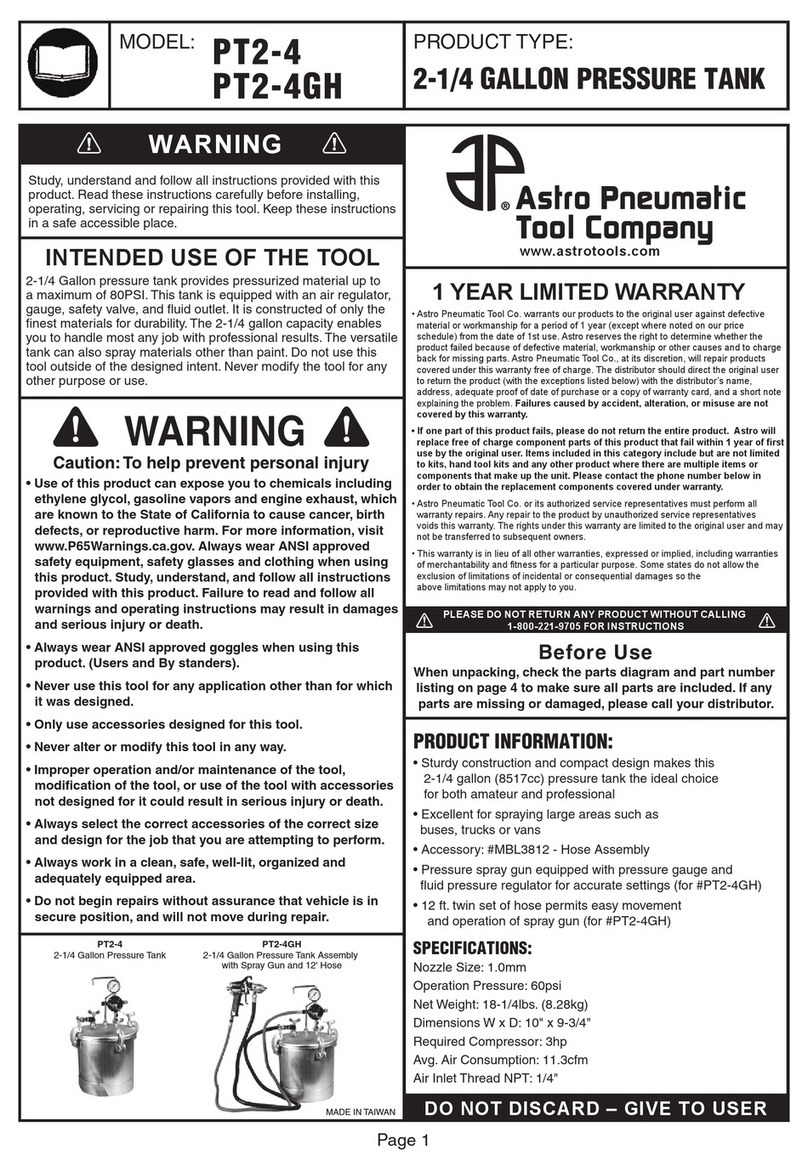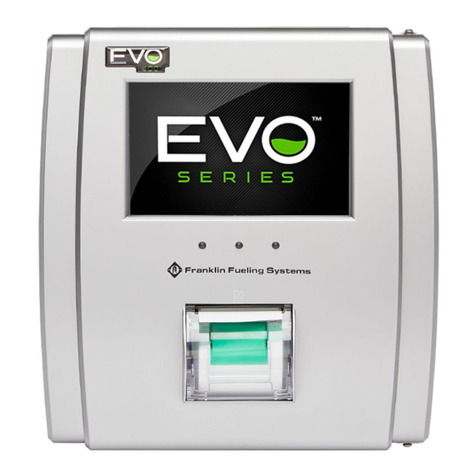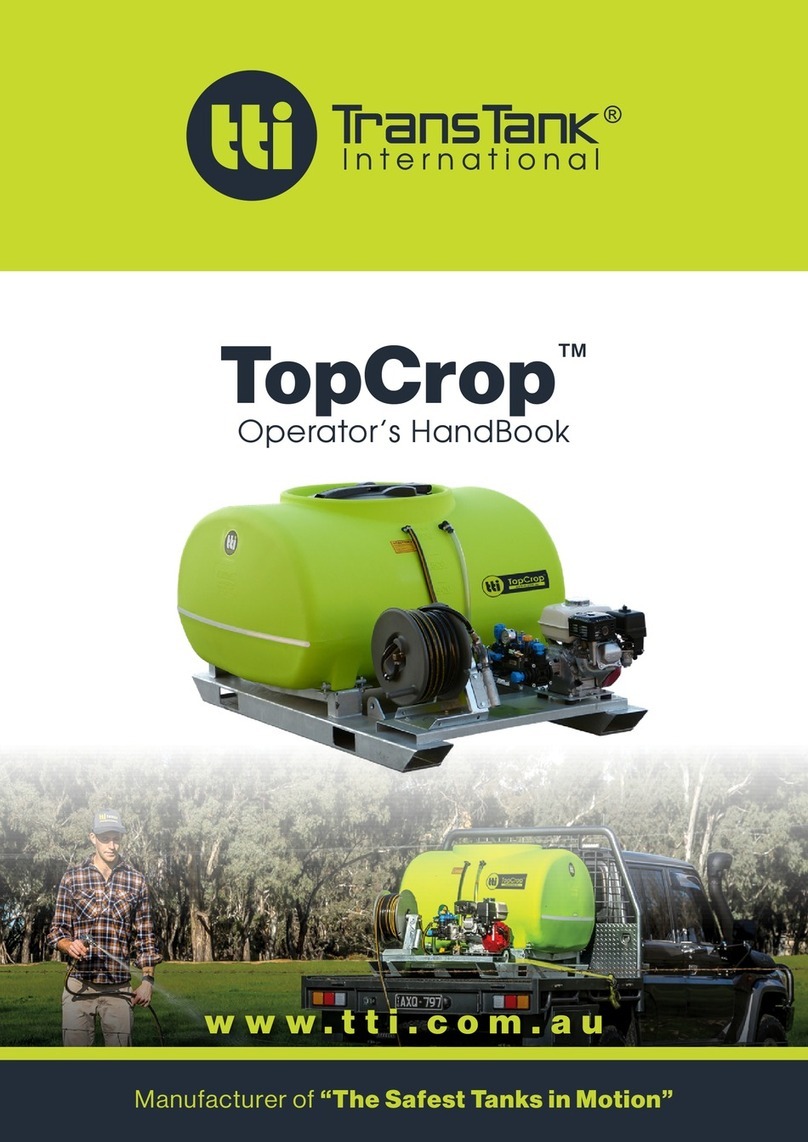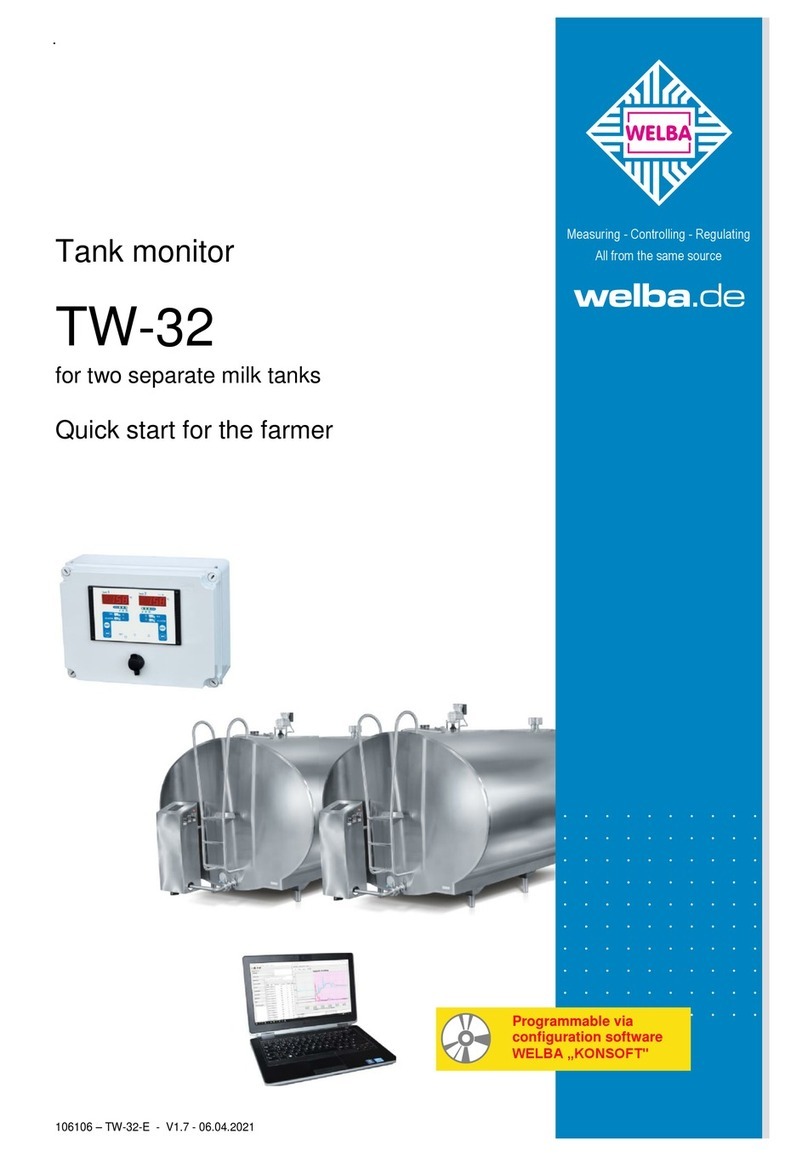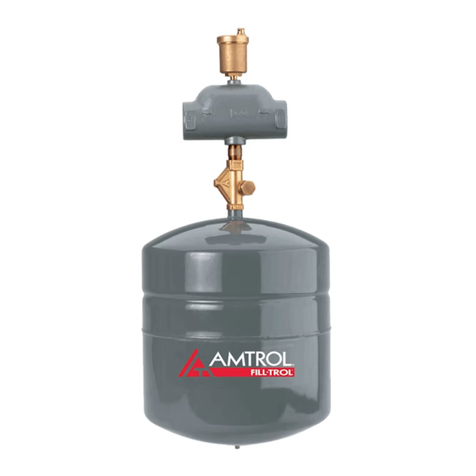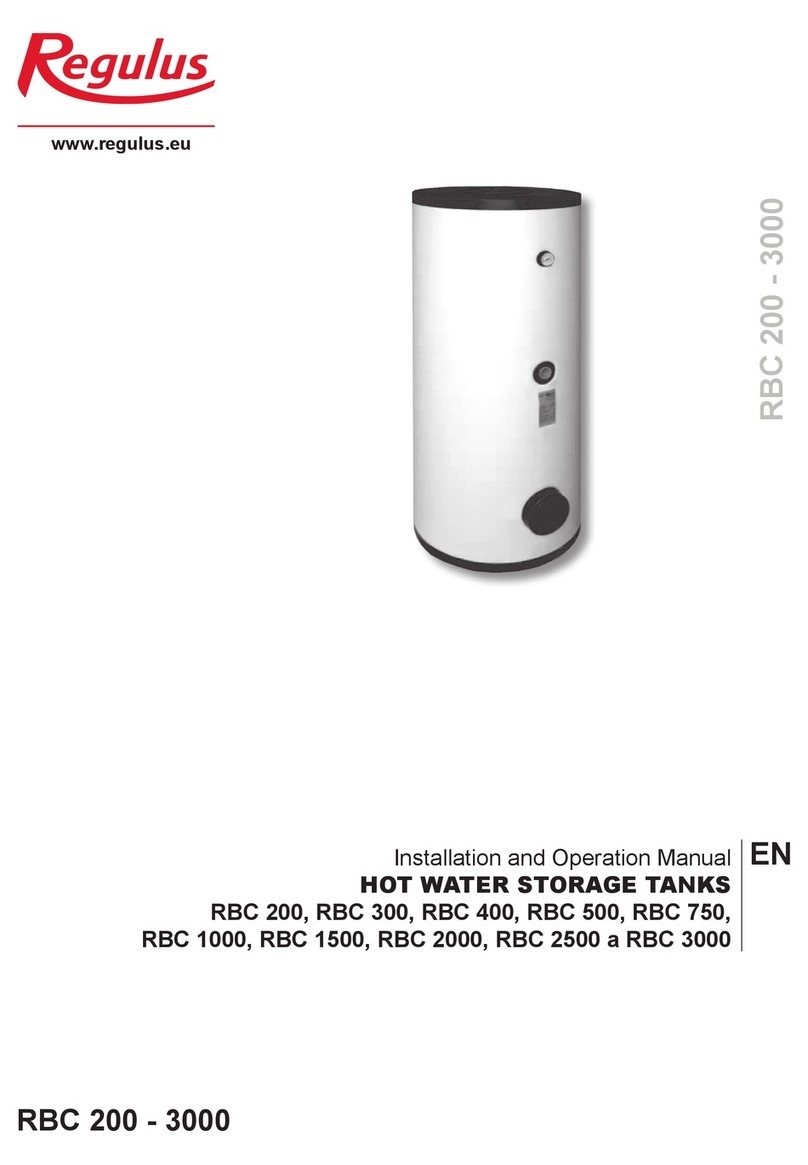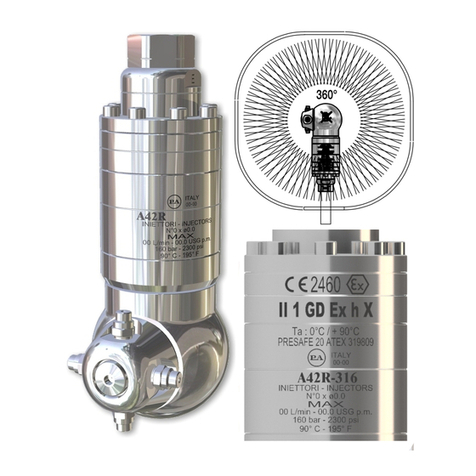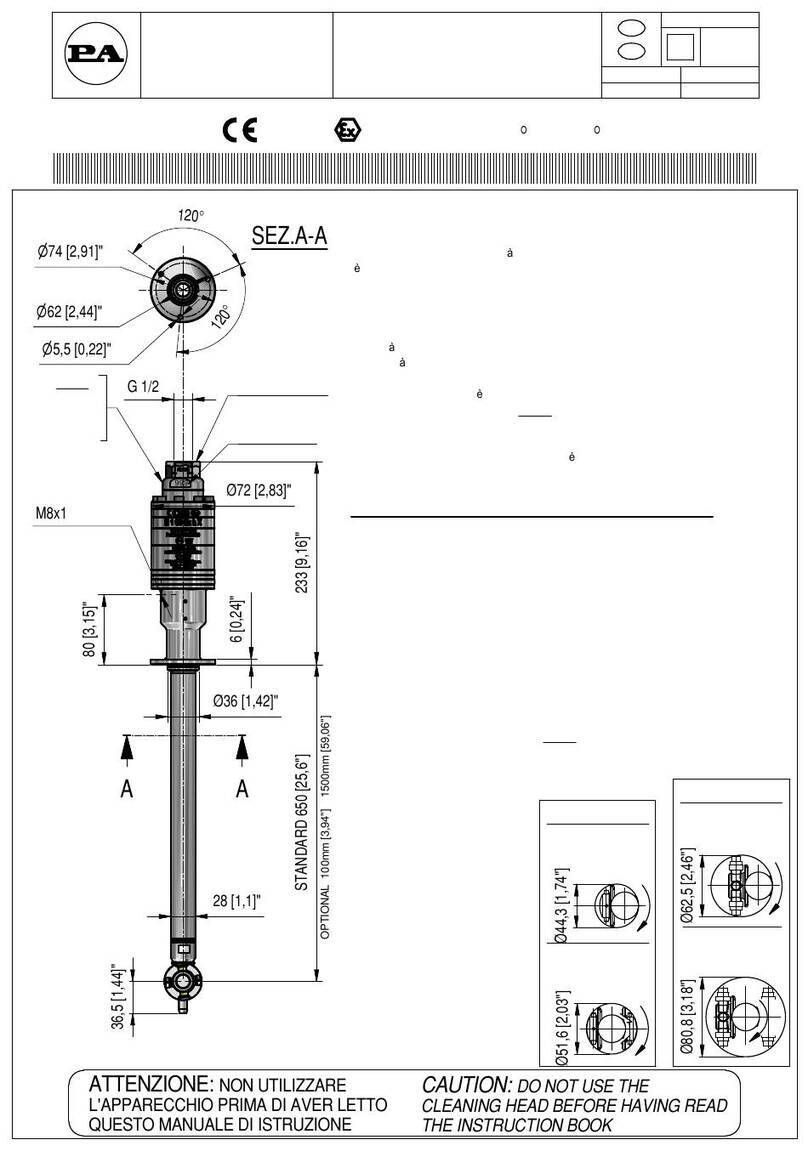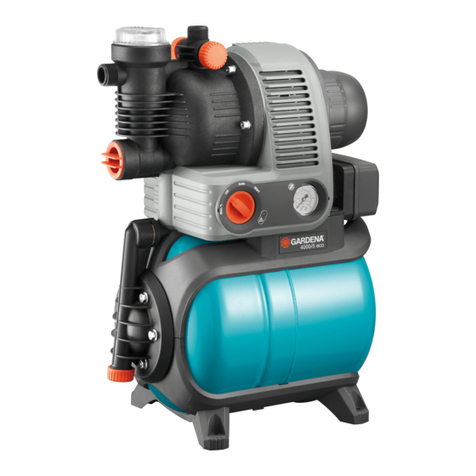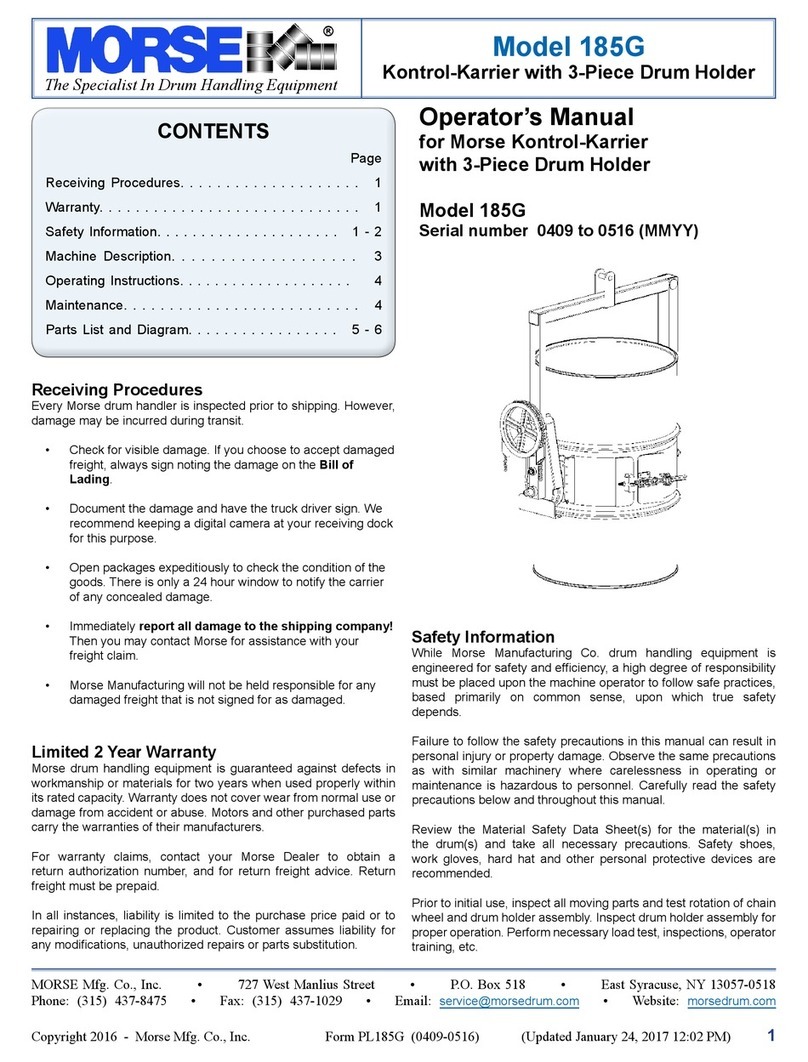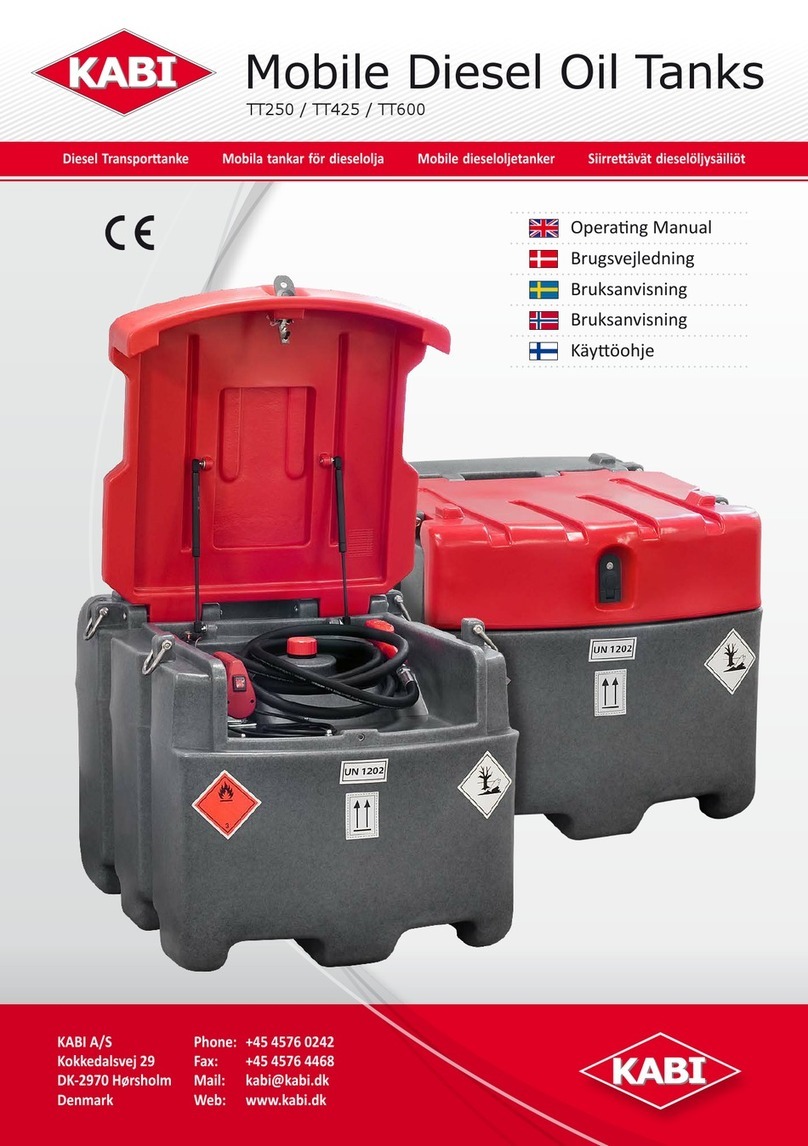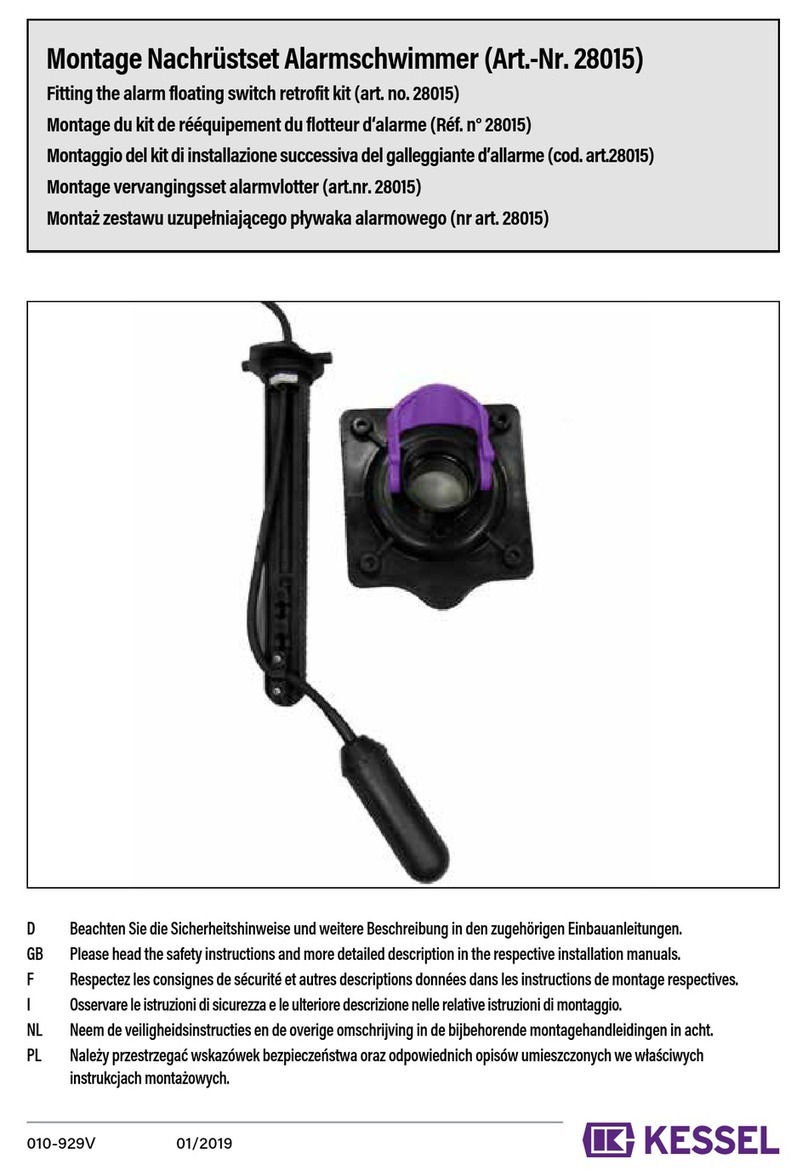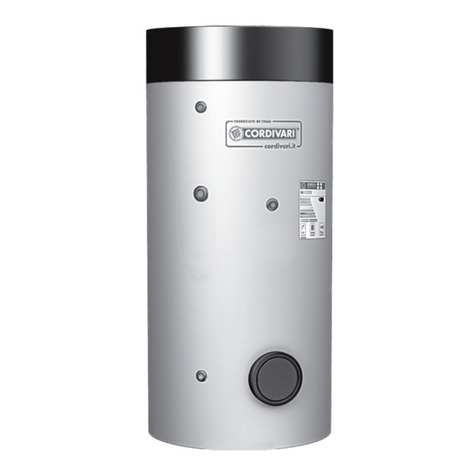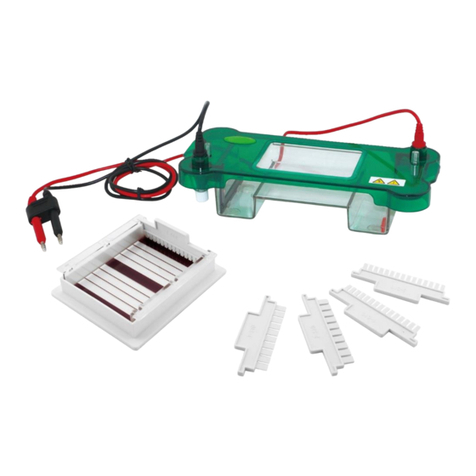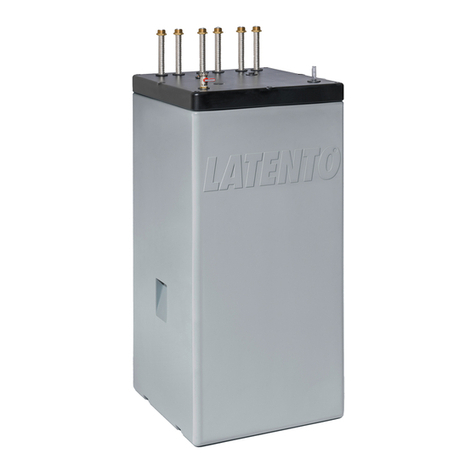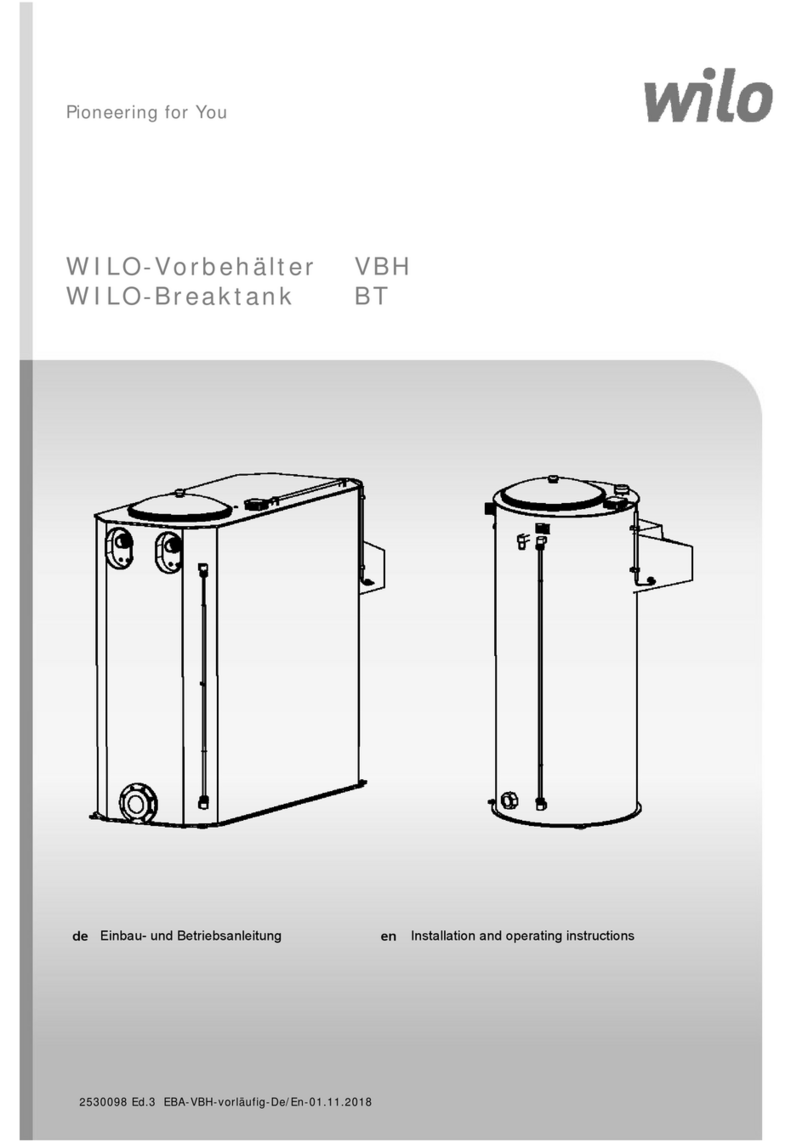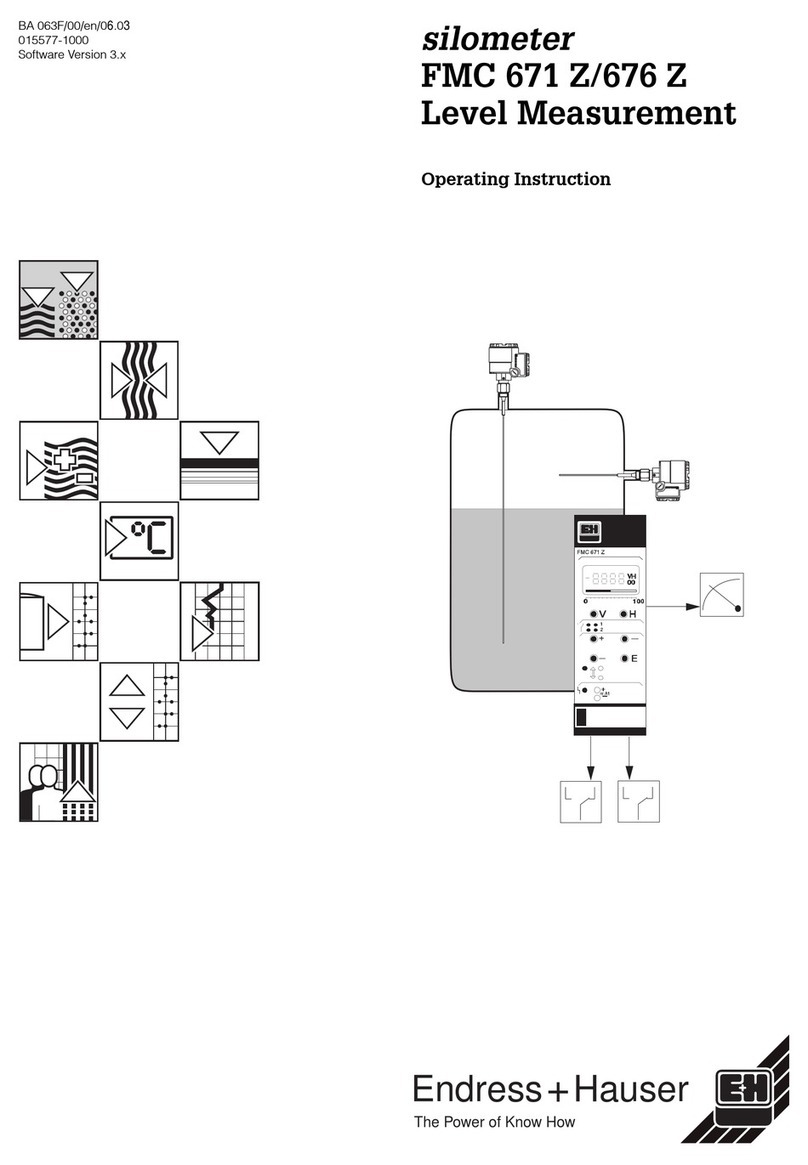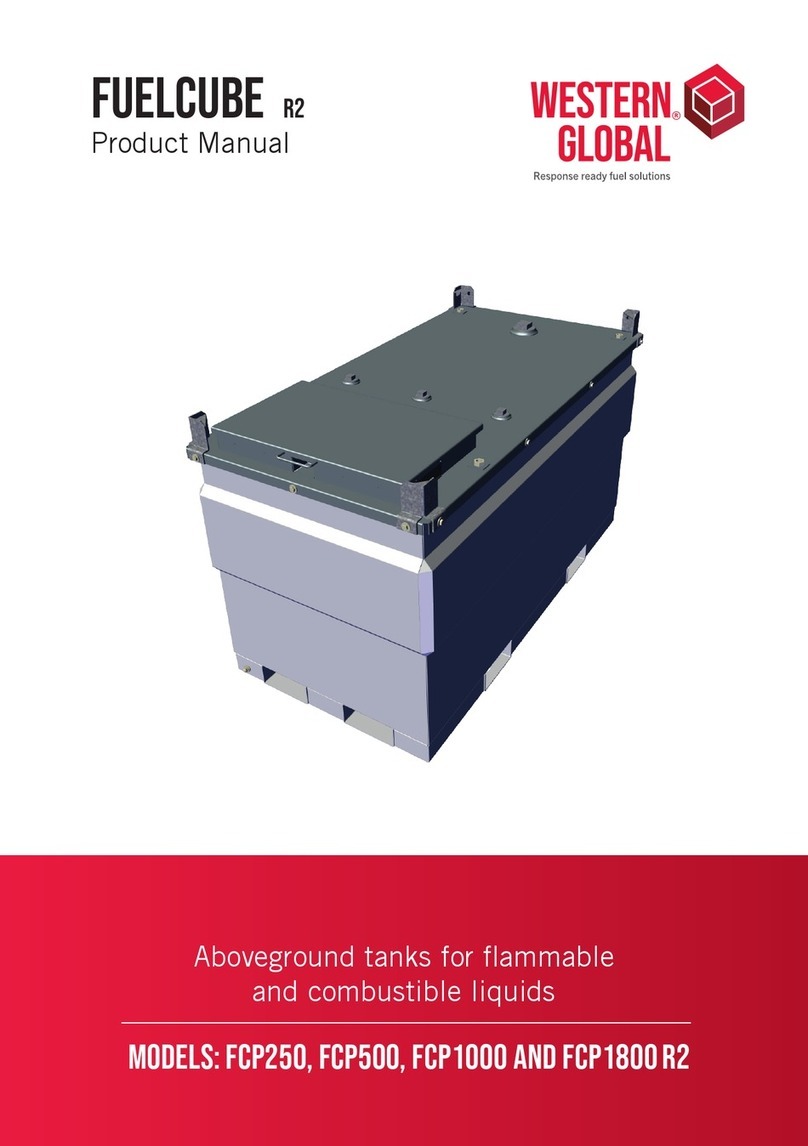3.4 FILTERING OF LIQUID
The fluid sent from the system to the head has to be filtered in order to prevent particles to slip through causing
malfunction and therefore frequent maintenance interventions. The recommended sealed filter has to be at least 300
microns. The head is fitted with a filter of 550 microns which only has a safety function; we recommend to clean it
every 100/300 hours of functioning. In case of filter breakage, dismount the head, clean it from any eventual internal
residue and fit a new filter.
3.4.1 CONNECTION & SETTING
The head must be connected to a pressure application, usually fed by piston pumps, pressure washers and similar; in
order to prevent possible damage to persons and things, where such an application must be equipped with all safety
parts and control (like safety valves, regulating etc.) foreseen by the directives in force. Use a resistant and adequate
sized tube for the connection, possibly avoiding narrow necks and abrupt direction variations to restrain the pressure
loss.
The head must be anchored firmly at the Tank opening or by an appropriate support. This type of head must be held
and fed by a fixed pipe that prevents any swinging.
The connecting tube to the head must be of such to help the fluid flow without any excessive pressure drop.
The assembler is compelled also to carry out the inspection of all the connection links.
The apparatus must be installed by the following procedure:
Assure that there is no obstacle placed between head and attachment; place a suitable gasket that assures a
seal age conform and a protection grade minimum IP54 for Gas and IP6X for powders.
Insert the connection tubes (entry and exit) following a good technique and using acknowledged
components, adopting the foreseen clamping instructions.
During the connection of the tubes, make an electrical earth link-up with a minimum cable size 4mm
observing the prescribed terms for equipotential connections.
Inspection after installation, to be carried out by the assembler or end user, in particular the perfect coupling
of usage at the various openings (keep to the limit levels of emission rated in the zoning phase).
3.5 USE & WORKING
3.5.1 WORKING & ADJUSTMENT
The rotation of the head is achieved using the same fluid under pressure bound for washing, by means of a
hydrokinetic group set up by a turbine operated by three injectors and a epicycloid reducer; this system gives a raised
torque on exit. We therefore recommend to fit a nozzle protection kit code 25.4822.00 in order to protect the nozzles
from matter. The rotation frequency can be regulated, within the indicated values of the Technical specifications, by
altering the orifice diameter of the three internal injectors (pos.22 exploded view) of the hydrokinetic group which is
always directly proportional of the flow rate as seen from the D3 diagram of this manual.
Pressure changes (at constant flow rate) or water temperature do not modify the rotation frequency value. A
complete washing cycle is carried out after 58 revs of the main axis, considering that a complete washing cycle is over
once the jets have covered an ideal sphere and have returned to the starting point. The time for a complete cycle,
directly proportional to rotation frequency, can be obtained from diagram D2 of this manual. For a perfect washing we
recommend at least 3 complete cycles.
The procedures to observe during function concern the process levels and correct running.
